Your favorite historic, lesser-known garden open to the public
ginger_nh
20 years ago
Related Stories
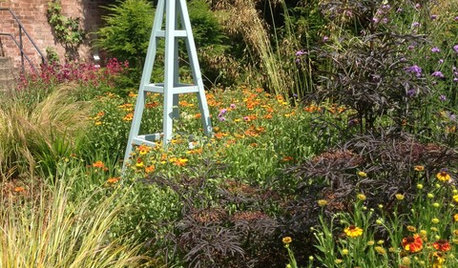
PLANTING IDEASModern Planting Ideas From a Historic English Garden
Low-maintenance, climate-fitting plants are just the beginning of the good things in this bishop’s updated garden
Full Story
INSPIRING GARDENSWe Can Dream: Lush Life on a Historic Normandy Estate
New gardens surround centuries-old buildings on a 10-acre property in France, creating a beautiful haven
Full Story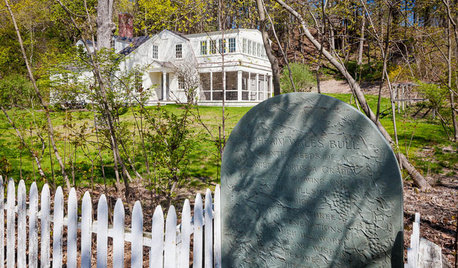
TRADITIONAL HOMESHouzz Tour: Historic Concord Grapevine Cottage’s Charms Restored
This famous property had fallen on hard times, but passionate homeowners lovingly brought it back
Full Story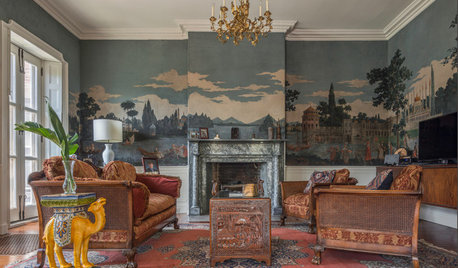
ROOM OF THE DAYRoom of the Day: New Life for Historic Wallpaper Landscapes
In a Rhode Island mansion, painstaking restoration saves lavish woodblock-printed paper scenes commissioned in the early 1800s
Full Story
FLOWERSRudbeckia Mania: Go Beyond Black-Eyed Susan in the Garden
Branch out from typical nursery fare, with lesser-known Rudbeckia species that have delightfully unexpected features
Full Story
FRANK LLOYD WRIGHTStep Inside a Frank Lloyd Wright House Saved From Demolition
The historic Phoenix property is now part of the architect’s school at Taliesin, where it will be used as a design lab
Full Story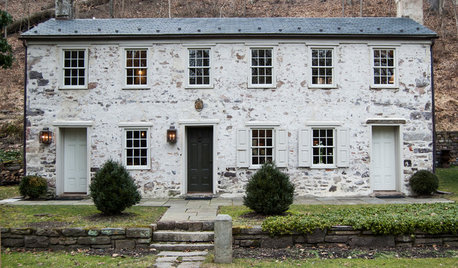
TRADITIONAL HOMESHouzz Tour: A Historic Remodel Keeps the Romance Alive
It was love at first sight for the owner of a 2-centuries-old house. She and her husband renovated it with tender loving care
Full Story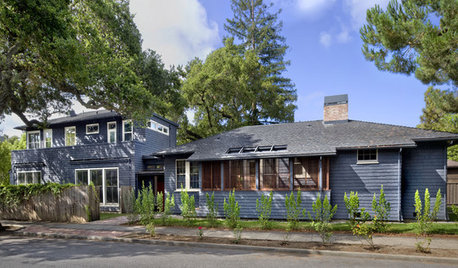
HOUZZ TOURSHouzz Tour: A Historic Home Takes a Scholarly Bent
Respect for history is more than academic in this home renovation and addition for Stanford University professors
Full Story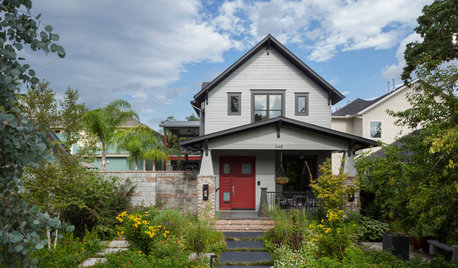
ARCHITECTUREHouzz Tour: Modern Plays Nice in a Historic Houston Neighborhood
Subtle modern details make this new home stand out from its elderly neighbors without disrespecting them
Full Story
HOUZZ TOURSHouzz Tour: Saving a Historic Gem in Washington
A Seattle-area developer skips the usual scrape-and-subdivide, restoring a Usonian-style house designed by a Wright protégé
Full Story





miss_rumphius_rules
hannamyluv
Related Professionals
Harrison Landscape Architects & Landscape Designers · Westwood Landscape Contractors · Hilo Landscape Contractors · San Benito Landscape Contractors · Wickliffe Landscape Contractors · Greenfield Landscape Contractors · Castle Rock Siding & Exteriors · Charlotte Siding & Exteriors · Ft Washington Siding & Exteriors · South Windsor Siding & Exteriors · Waukegan Siding & Exteriors · Ken Caryl General Contractors · Mira Loma General Contractors · Union Hill-Novelty Hill General Contractors · West Mifflin General Contractorsrobyn_tx
ginger_nhOriginal Author
bamboogrrrl
JillP
ginny12
John_D
JillP
JillP
ginger_nhOriginal Author
Cady
John_D
PucPuggyII
ginger_nhOriginal Author
John_D
ginger_nhOriginal Author
PucPuggyII
Cady
ginny12
Cady
ginger_nhOriginal Author
Cady
muffienh
phdnc
ginger_nhOriginal Author
Cady
mjsee
ginny12
Cady
ginny12
Cady